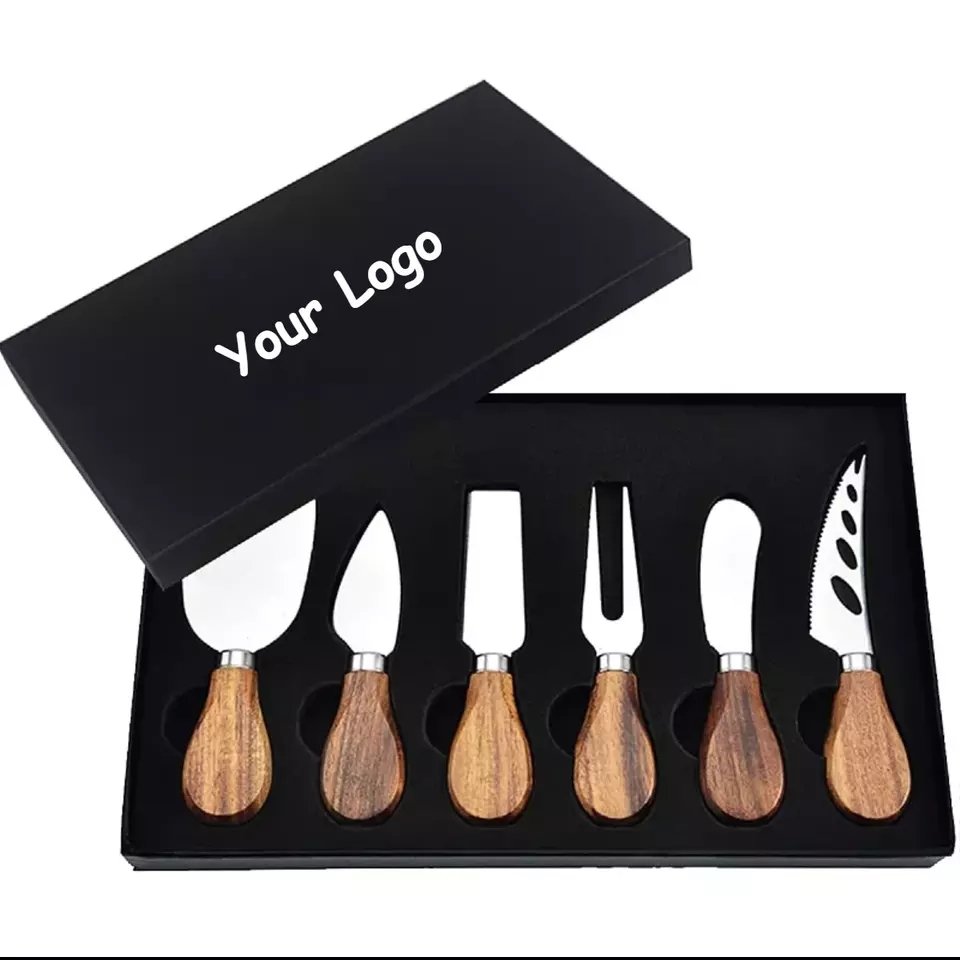Choosing the right flatware can be confusing, especially with different stainless steel types available. In this article, we’ll help you understand the differences between 18/10 and 18/0 stainless steel and explore other important options.
The main difference between 18/10 and 18/0 stainless steel lies in the nickel content. 18/10 contains 10% nickel, making it more durable and resistant to corrosion. 18/0, on the other hand, contains no nickel, making it more affordable but less resistant to rust. Understanding these differences will help you choose the right flatware for your needs.
Now, let’s dive deeper into the various types of stainless steel flatware and their advantages.
Table of Contents

What is 18/10 Stainless Steel and Why Is It Popular?
18/10 stainless steel is a premium material widely used in flatware due to its excellent durability, corrosion resistance, and shiny finish. But what exactly makes 18/10 so popular?
18/10 stainless steel is composed of 18% chromium and 10% nickel, offering superior resistance to corrosion and a shiny appearance. It’s a top choice for high-end flatware, ensuring long-lasting quality and performance.
The addition of nickel in 18/10 stainless steel increases its resistance to rust and staining, making it an excellent option for those who want flatware that can stand the test of time. It’s also highly resistant to oxidation, meaning it will keep its shine even after prolonged use. For those asking, “Is 18/10 stainless steel good or bad?”, the answer is clear: it’s a great choice for anyone looking for premium, long-lasting flatware.
Understanding 18/0 Stainless Steel and Its Benefits
18/0 stainless steel is a more affordable option compared to 18/10. While it lacks nickel, it still has several benefits, particularly for those on a budget.
18/0 stainless steel contains 18% chromium and no nickel, making it more affordable but less resistant to corrosion and staining compared to 18/10. It’s ideal for budget-conscious consumers looking for durable but affordable flatware.
Though 18/0 stainless steel is less resistant to rust, it still offers decent durability for everyday use. This material is commonly found in lower-cost flatware sets, and while it might not have the same longevity as 18/10, it can still serve as a practical choice for casual dining. For those specifically looking for 18/0 stainless steel cutlery, it’s a great option if you’re seeking a cost-effective solution.
The Difference Between 18/8 and 18/0 Stainless Steel
You may also encounter 18/8 stainless steel, which is a middle ground between 18/10 and 18/0. What makes 18/8 a popular choice for flatware?
18/8 stainless steel contains 8% nickel, providing a balance between the durability of 18/10 and the affordability of 18/0. It’s highly resistant to rust and is a great option for mid-range flatware.
The presence of nickel in 18/8 stainless steel makes it more resistant to corrosion than 18/0, though not as resistant as 18/10. It offers a good balance of quality and price, making it a popular choice for consumers who want durability without the high price tag. When comparing 18/10 stainless steel vs 304, it’s important to note that 304 steel is similar to 18/10 but is more commonly used in industrial settings due to its superior corrosion resistance.
Benefits of Stainless Steel Flatware for Different Applications
Stainless steel flatware is a versatile option for various occasions. Whether it’s for family dinners or large events, stainless steel provides the ideal combination of durability and elegance.
Stainless steel flatware is popular for both home use and commercial settings like restaurants and hotels. It’s durable, easy to maintain, and comes in various styles to suit different dining occasions.
Stainless steel flatware’s versatility makes it a go-to choice for various dining settings. From daily use at home to high-end events, the material’s strength ensures it holds up well over time. If you’re considering 18/10 stainless steel cutlery, you’re choosing a durable option that will last through many years of use, making it ideal for both personal and commercial use.
How to Choose the Right Stainless Steel Flatware for Your Needs
When selecting flatware, it’s important to consider factors like material, price, durability, and intended use. Here’s how to choose the right stainless steel flatware for your needs.
Consider your budget, how often you use flatware, and the setting in which it will be used. 18/10 is best for high-end settings, while 18/0 is a more economical option for casual use.
For regular home use, 18/8 or 18/0 stainless steel provides a great balance of durability and affordability. If you’re willing to invest in high-quality, long-lasting flatware, 18/10 stainless steel vs 304 is a good option for its superior performance. For businesses or restaurants, 18/10 stainless steel is the most durable choice, ensuring your flatware lasts through years of use.
What is the Difference Between Flatware and Stainless Steel?
“Flatware” is a general term referring to all eating utensils, while stainless steel is a material commonly used to make these utensils. Let’s explore the difference between the two.
Flatware includes all types of utensils such as forks, knives, and spoons. Stainless steel is simply the material used to make many of these utensils due to its strength, durability, and resistance to corrosion.
While flatware refers to the entire set of eating utensils, stainless steel is just the material used in making these utensils. It’s a popular choice because it resists rust, is easy to clean, and has a shiny, appealing finish. If you’re comparing 18/10 stainless steel vs 316, 316 steel is highly resistant to corrosion but typically used in industrial applications rather than flatware.
What Are the Different Sizes of Flatware?
Flatware comes in various sizes to suit different dining needs. Understanding the common sizes of flatware helps you choose the right set for your table.
Typical flatware sizes include dinner knives, forks, soup spoons, dessert spoons, and salad forks. Each size is designed for different courses during a meal.
Flatware sizes vary based on their intended use. For example, a dinner fork is larger than a salad fork; a soup spoon is deeper than a dessert spoon. The correct sizing ensures comfort and proper etiquette during meals. If you’re choosing an 18/10 stainless steel spoon, make sure it’s the appropriate size for your serving needs.
What Is the Best Grade of Stainless Steel?
Choosing the right grade of stainless steel depends on your specific needs. But what’s the best grade for flatware?
18/10 stainless steel is generally considered the best grade for flatware due to its durability, corrosion resistance, and shiny finish. It’s ideal for high-end dining experiences.
18/10 stainless steel is the most common choice for premium flatware because of its strength and long-lasting shine. It’s more resistant to stains and rust than other grades such as 18/8. If you’re wondering about the differences between 18/10 stainless steel vs 316 ,316 is even more resistant to corrosion but comes at a higher price typically used in more specialized industrial settings.
Which is Better: 18/10 or 18/0 Stainless Steel Flatware?
Should you choose 18/10 or 18/0 stainless steel flatware? Let’s break down the benefits of each and find out which one suits your needs better.
18/10 stainless steel is more durable and resistant to rust while being more affordable; however; it offers less resistance to corrosion compared with its counterpart options like grade304 . Choose based on your budget and how long you need the flatware to last.
If you want flatware that will last many years without rusting; then optfor an option like grade304 . However; if you’re on budget or need cutlery justfor short-term uses then consider going with an economical alternative such as grade400 . For those comparing options like the differences between grade400 versus grade304, remember that while both offer good performance; they serve different purposes depending on your requirements.
Choosing the right stainless steel flatware depends on your needs and budget. Understanding the differences between grade 304, grade400, grade410, grade430, grade440 will help you make an informed decision when purchasing new pieces .





